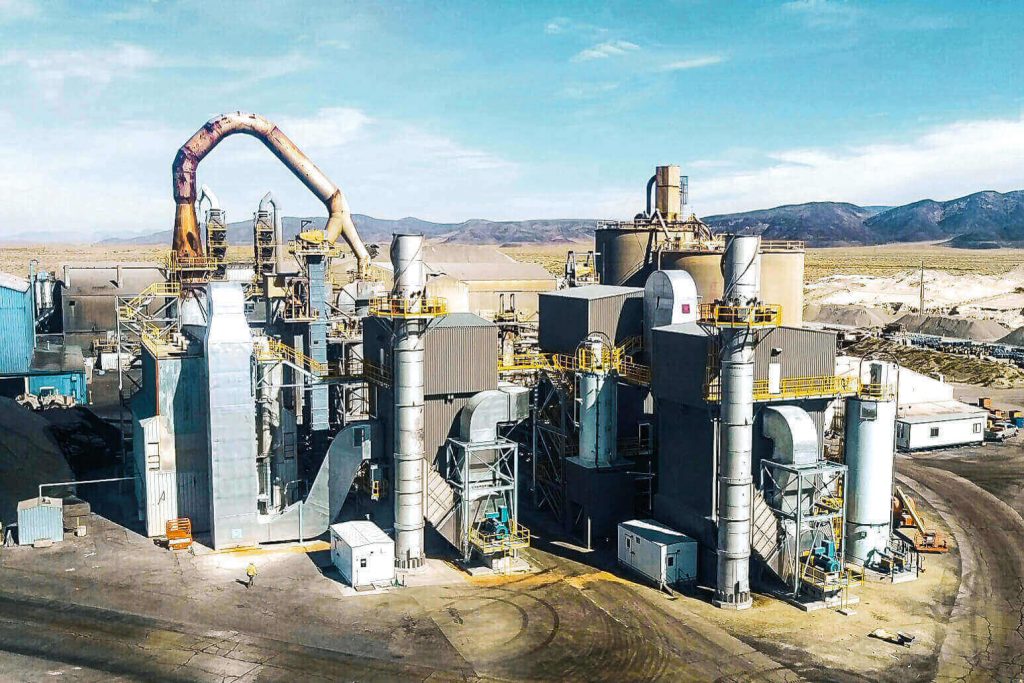Current U.S. Environmental Protection Agency test methods for particulate concentration in stack gases can yield inaccurate results when hydrogen chloride (HCl) is present and the gas stream is at or near the saturation point. Even low concentrations of HCl, e.g. 50 ppm (parts per million), can attack the metal nozzle on the sampling probe and produce probe-wash weights that are significantly greater than the true particulate captured on the probe. LDX Solutions engineers have experience addressing this problem. We were having problems with the probe rinse residue (glass probe, 316 ss (stainless steel) nozzle) being an order of magnitude higher than the filter catch. We changed the nozzle material to Inconel, which is an austenitic nickel-chromium-based superalloy that is oxidation-corrosion resistant and well-suited for service in extreme environments (high pressure and heat). Significant quantities of metal chlorides were still present in the probe rinse residue. The final solution was modification of sampling probe with a glass nozzle – problem solved.
With over 80 years of experience in air pollution control (APC) solutions, LDX Solutions has likely already experienced and solved the problems you face today. Contact the experts at LDX Solutions to work with you to solve your APC challenges.

